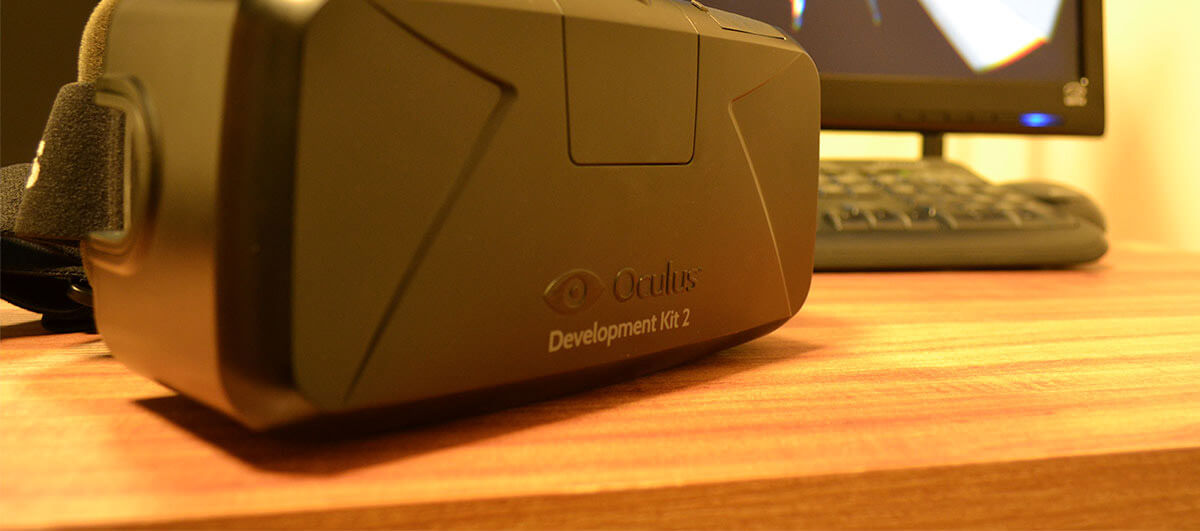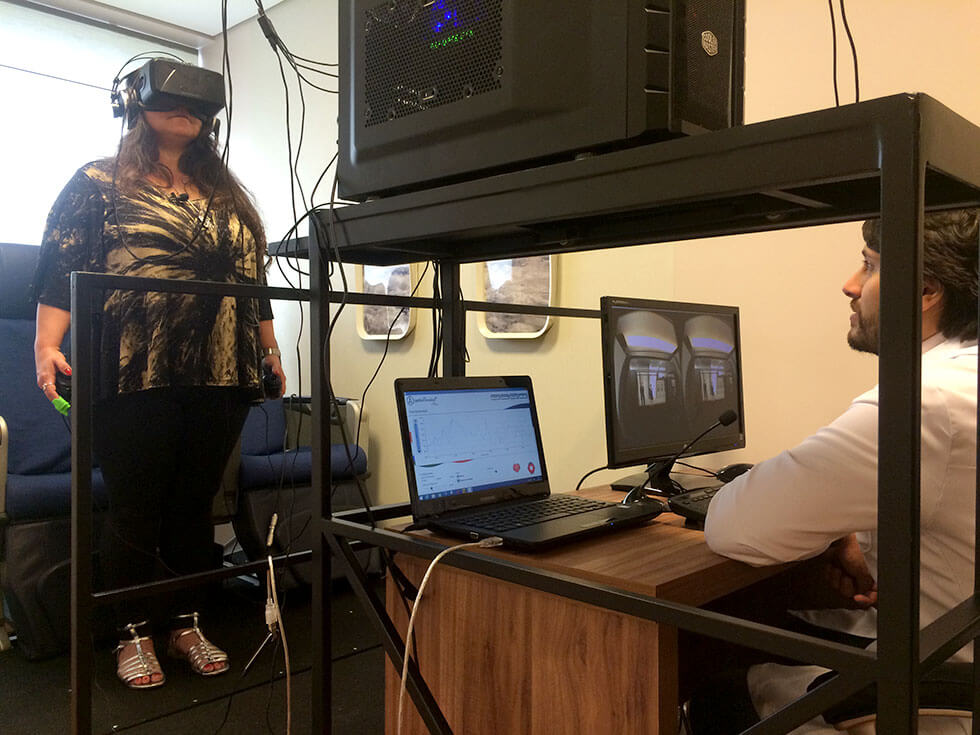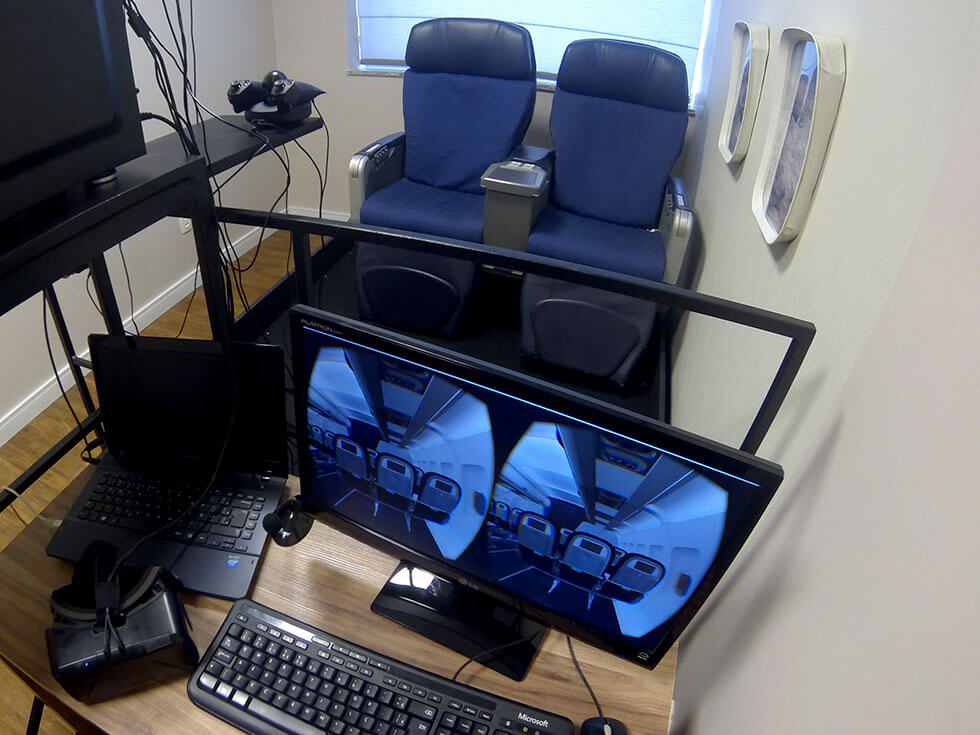This was a virtual reality project that took almost two years to be completed. The goal is to cure flying phobia with an innovative treatment conducted by renowned psychologists and psychiatrists specialized in phobia. We were intrigued and thrilled with this remarkable approach to using virtual reality to treat and cure phobias.
CASE DETAILS
AVIOPHOBIA
It’s really invigorating when we have the chance to get involved in something that has a purpose and a real impact on peoples’ lives. This was a virtual reality project that took almost two years of hard work. The goal is to cure flying phobia with an innovative treatment conducted by renowned psychologists and psychiatrists specialized in phobia. We were intrigued and thrilled at this remarkable approach of using VR (Virtual Reality) to help to treat and cure aviophobia (approximately 210 million people suffer from aviophobia worldwide!).
We were involved from the very first steps of the project from the planning to the script, from the concepts to the storyboard. We also assisted the client in electing the most adequate engine to create the virtual world. When the 3d production started we were responsible for outlining the scope, creating a workflow, and managing the production team.
We created a realistic world for this simulator using Unity3D, recreating in detail an airport, check-in, security, and boarding areas, as well as the airplane. Several scenarios, elements, props, diverse characters, and all the animations were created to make this world alive, representing many hours of work in modeling, texturing, lighting, and animation. Our technical partners also created and integrated an Arduino-controlled platform to simulate the airplane takeoff and landing.
The results were nothing but rewarding. Patients treated (within about 12 sessions in the simulator) could set foot on an airplane and fly without panicking or paralyzing. That definitely makes it all worth it.
Besides, the project was widely covered in Brazilian media, newspapers, TV channels, and Internet showing the effectiveness of the simulator and, most importantly, creating an awareness of the use of this kind of technology to approach many health conditions. Hopefully, the simulator will be available soon in the health public system in Brazil.
CREDITS
TEAM
Design Director & Creative Producer: Danilo Almeida
Production Management: Natasja Berzoini (Gabba)
Scripts: Natasja Berzoini
Technical & Development Management: Winston Petty
Developers: Leonardo Lopes, André Toyama, and Gustavo Acorsi Vizoni
3D: Gabba
Concepts, Illustration And Storyboards: Felix Reiners
Sound Director: Antonio Teoli
Sound-design & Sound Soundfx: Antonio Teoli and Kauê Lemos
Motion Graphics: Lucas Pasquini
Voices: Igor Almeida, Natasja Berzoini, Rafael Thomazetti, Antonio Teoli, Danilo Almeida and Jenny Meneghetti.
Psychologists: Cristiano Nabuco, Fátima Vasques, Juliane Haddad Fonseca, Maria Olimpia Saikali and Rafael Villanacci




